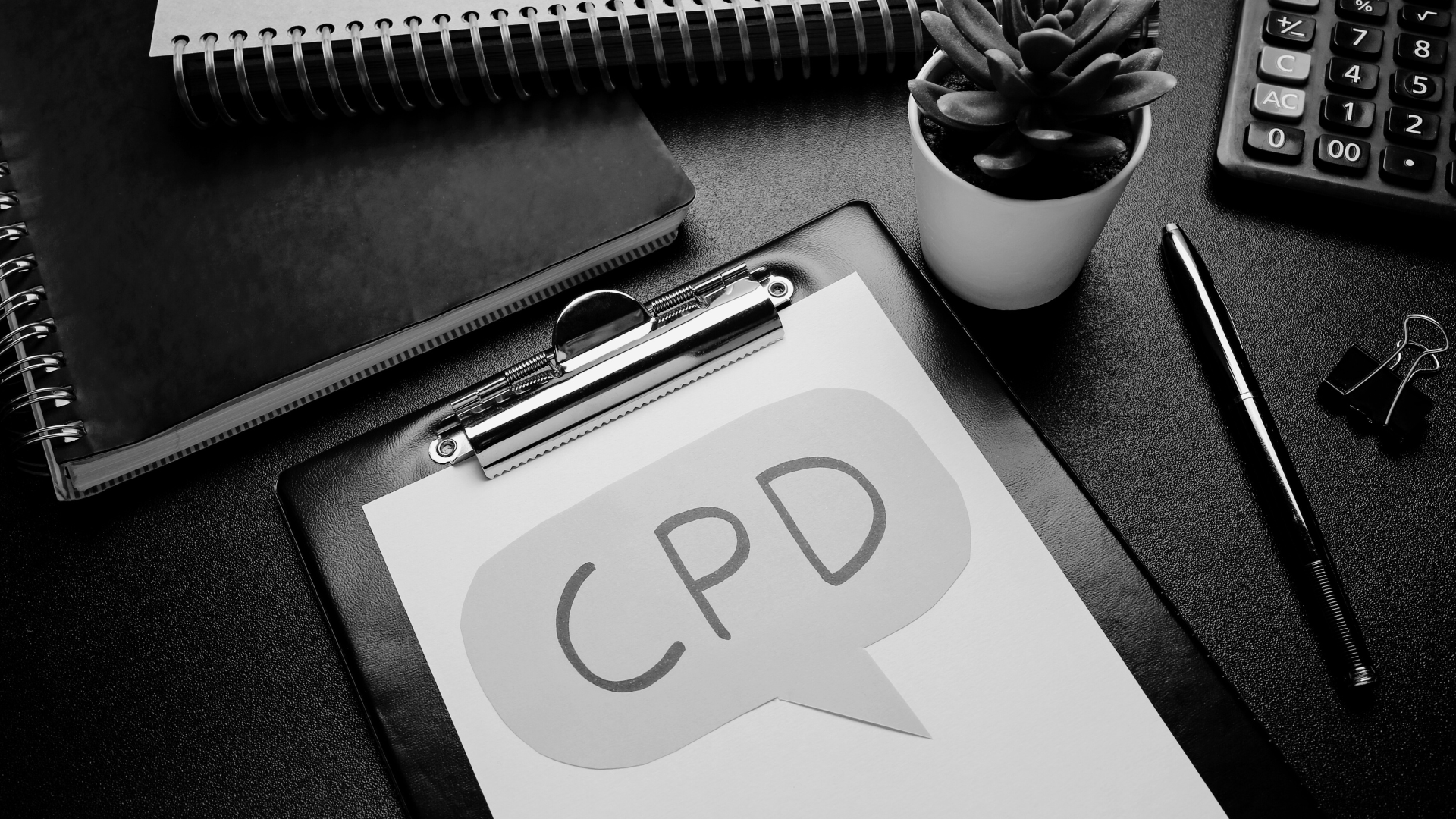Contract drafting is a crucial skill in the legal profession, and mastering the art of creating clear, concise, and effective contracts is essential for every lawyer. As the legal landscape evolves, so does the practice of contract drafting. In this article, we will explore some of the latest trends in English language contract drafting that are shaping the way legal professionals draft agreements today.
1. Plain Language:
One prominent trend in contract drafting is the move towards plain language. Traditionally, legal documents have been filled with archaic terms, complex sentence structures, and convoluted provisions that made contracts difficult to understand for non-legal professionals. However, there is a growing recognition of the importance of drafting contracts in clear and plain language to enhance readability and comprehension. Lawyers are now striving to simplify their language, eliminate legalese, and present contracts in a manner that is accessible to all parties involved.
2. Focus on User Experience:
In an increasingly digital world, user experience (UX) is becoming a critical consideration in contract drafting. Contracts are no longer just static documents; they are interactive tools that need to be user-friendly. Lawyers are now incorporating design principles to improve the user experience of contracts, such as using headings, bullet points, and visual aids to enhance readability and navigation. The goal is to make contracts more engaging, intuitive, and easier to navigate for all parties involved.
3. Flexible and Modular Contracts:
Gone are the days of one-size-fits-all contracts. In today's fast-paced business environment, flexibility is key. Legal professionals are now drafting contracts that are modular in nature, allowing parties to customize and select specific provisions based on their unique needs. By using modular contract templates, lawyers can streamline the drafting process, save time, and ensure that contracts are tailored to the specific circumstances of each transaction.
4. Technology-Assisted Contract Drafting:
Advancements in technology have significantly impacted the field of contract drafting. From contract management software to artificial intelligence-powered tools, legal professionals now have access to a wide range of resources that can assist in drafting contracts more efficiently. AI-powered tools can analyze large volumes of data, identify patterns, and suggest standard provisions or potential risks, ultimately enhancing the quality and accuracy of contract drafting.
5. Inclusion of Alternative Dispute Resolution (ADR) Provisions:
The inclusion of Alternative Dispute Resolution (ADR) provisions, such as mediation or arbitration clauses, is increasingly becoming a standard practice in contract drafting. ADR clauses provide parties with alternative methods of resolving disputes outside of traditional litigation, offering faster and more cost-effective means of reaching a resolution. In an effort to promote efficiency and avoid lengthy court proceedings, lawyers are now incorporating ADR provisions into contracts as a means of dispute resolution.
English language contract drafting is an evolving field that embraces new trends and practices to meet the changing needs of the legal industry. From adopting plain language and enhancing user experience to utilizing technology and incorporating modular design, these trends aim to make contracts more accessible, flexible, and efficient. As legal professionals, it is crucial to stay informed about these latest trends to effectively navigate the ever-evolving landscape of contract drafting and provide the best possible service to clients.














